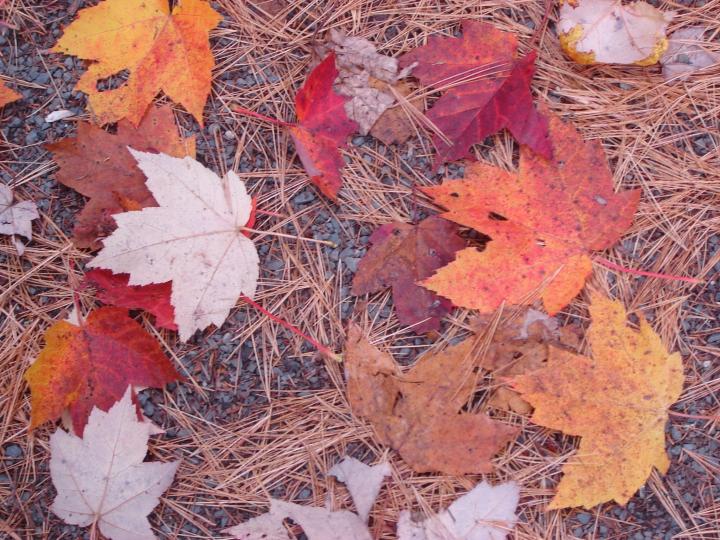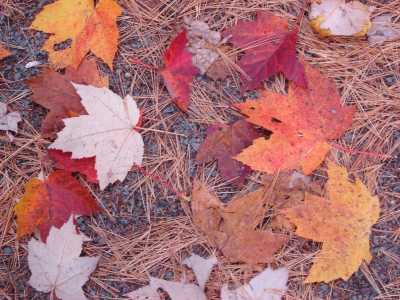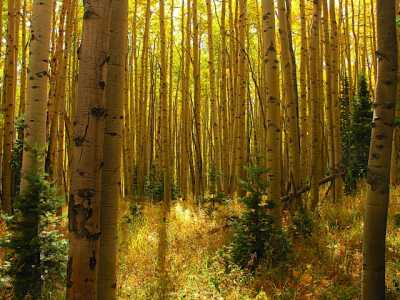






Why do autumn leaves change color? What type of trees—and weather—produce the most vivid fall foliage? Read on …
Not all leaves turn vivid colors in the fall. Only a few of our many species of deciduous trees—notably maple, aspen, oak, and gum—produce stellar performances for our annual autumn spectacular in North America.
Several factors contribute to fall color (temperature, precipitation, soil moisture), but the main agent is light, or actually the lack of it. The amount of daylight relates to the timing of the autumnal equinox. See when fall begins.
As the autumn days grow shorter, the reduced light triggers chemical changes in deciduous plants causing a corky wall to form between the twig and the leaf stalk. See how day length is changing in your area!

This “abscission layer” eventually causes the leaf to drop off in the breeze. As the corky cells multiply, they seal off the vessels that supply the leaf with nutrients and water and also block the exit vessels, trapping simple sugars in the leaves. The combination of reduced light, lack of nutrients, and no water add up to the death of the pigment chlorophyll, the “green” in leaves.
Once the green is gone, two other pigments show their bright faces. These pigments, carotene (yellow) and anthocyanin (red), exist in the leaf all summer but are masked by the chlorophyll. (The browns in autumn leaves are the result of tannin, a chemical that exists in many leaves, especially oaks.)
Sugar trapped in autumn leaves by the abscission layer is largely responsible for the vivid color. Some additional anthocyanins are also manufactured by sunlight acting on the trapped sugar. This is why the foliage is so sparkling after several bright fall days and more pastel during rainy spells. In general, a wet growing season followed by a dry autumn filled with sunny days and cool, frostless nights produces the most vibrant palette of fall colors.

Of course, if freezing temperatures and a hard frost hits, it can kill the process within the leaf and lead to poor fall color. Also, drought conditions during late summer and early fall can trigger an early “shutdown” of trees as they prepare for winter, causing leaves to fall early from trees without reaching their full color potential.
Does your area experience fall foliage? Some level of autumn foliage changes in many regions on North America. However, it is the northern tier of states, especially New England, that hold the jackpot for leaf peepers. A combination of the right climate and light conditions and an abundance of the tree varieties that hoard colorful pigments come together there.
While tradition has it that Columbus Day weekend is when the color peaks in New England, the mythical maximum occurs in northern Maine in mid- to late September and “travels” south, reaching the Connecticut shore by late October.
How do you determine the best location in your area for vibrant fall foliage? Check out this Foliage Leaf Peepr app which reports on the best and brightest colors in the United States.
Copyright © www.100flowers.win Botanic Garden All Rights Reserved